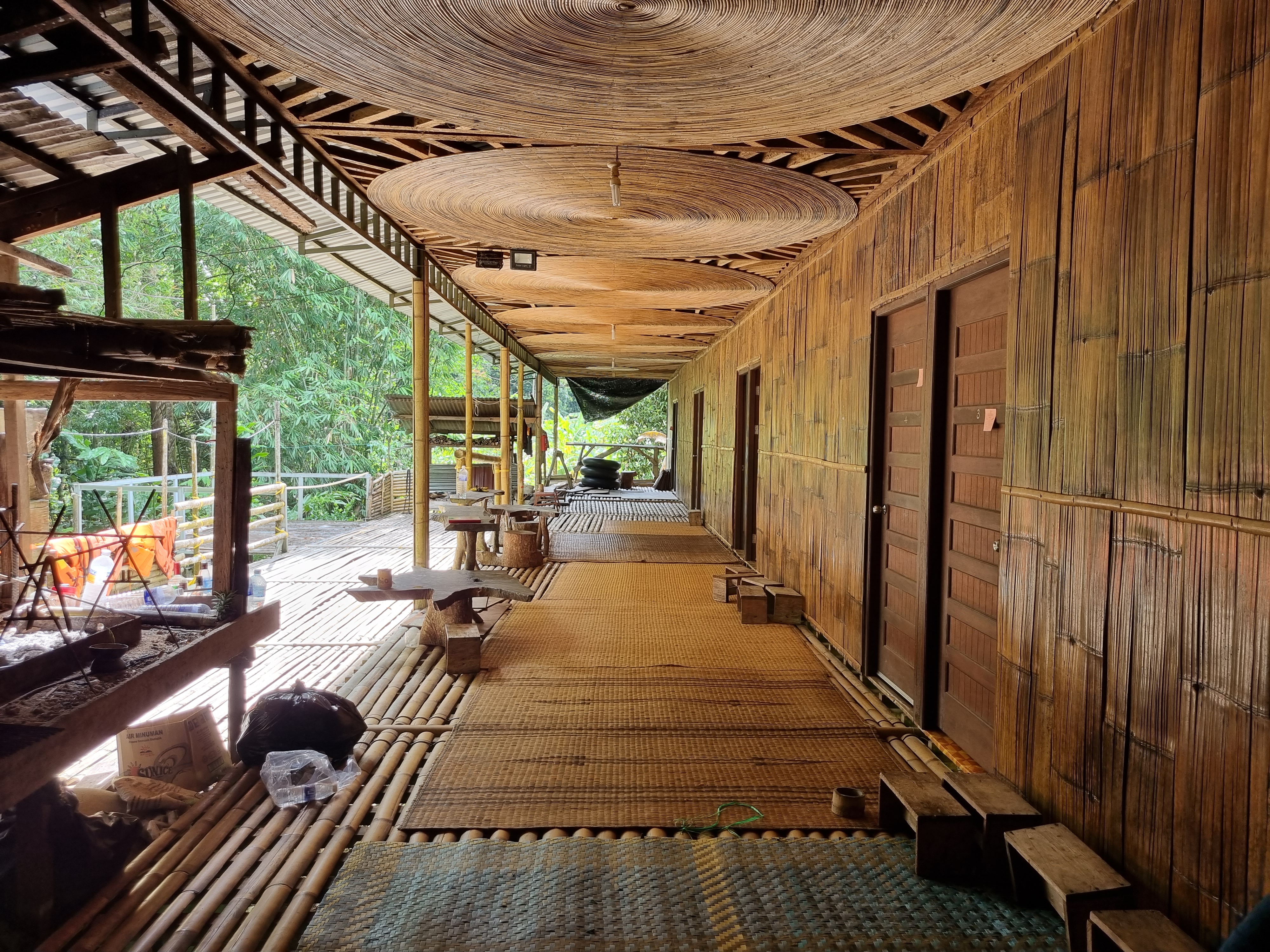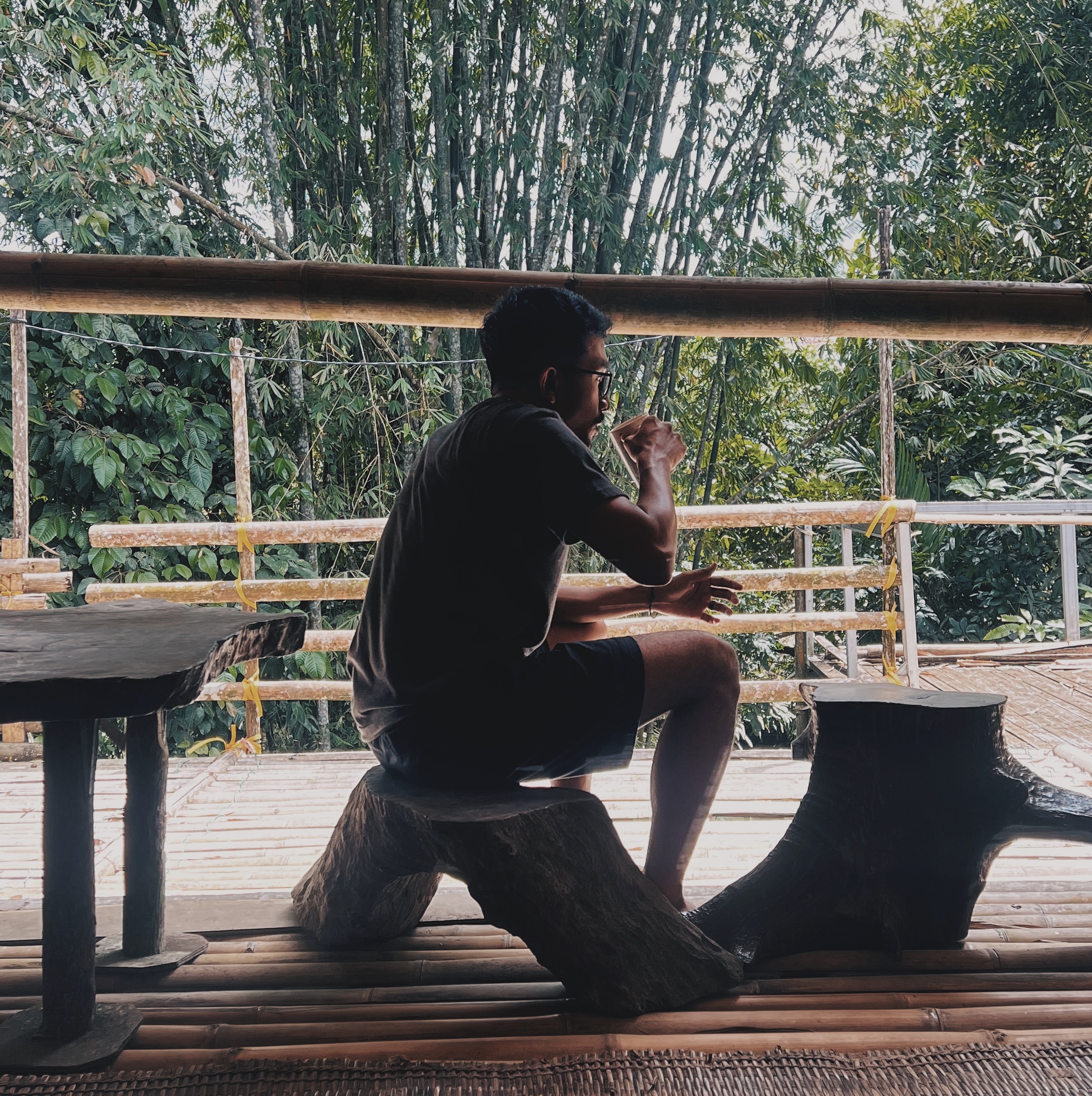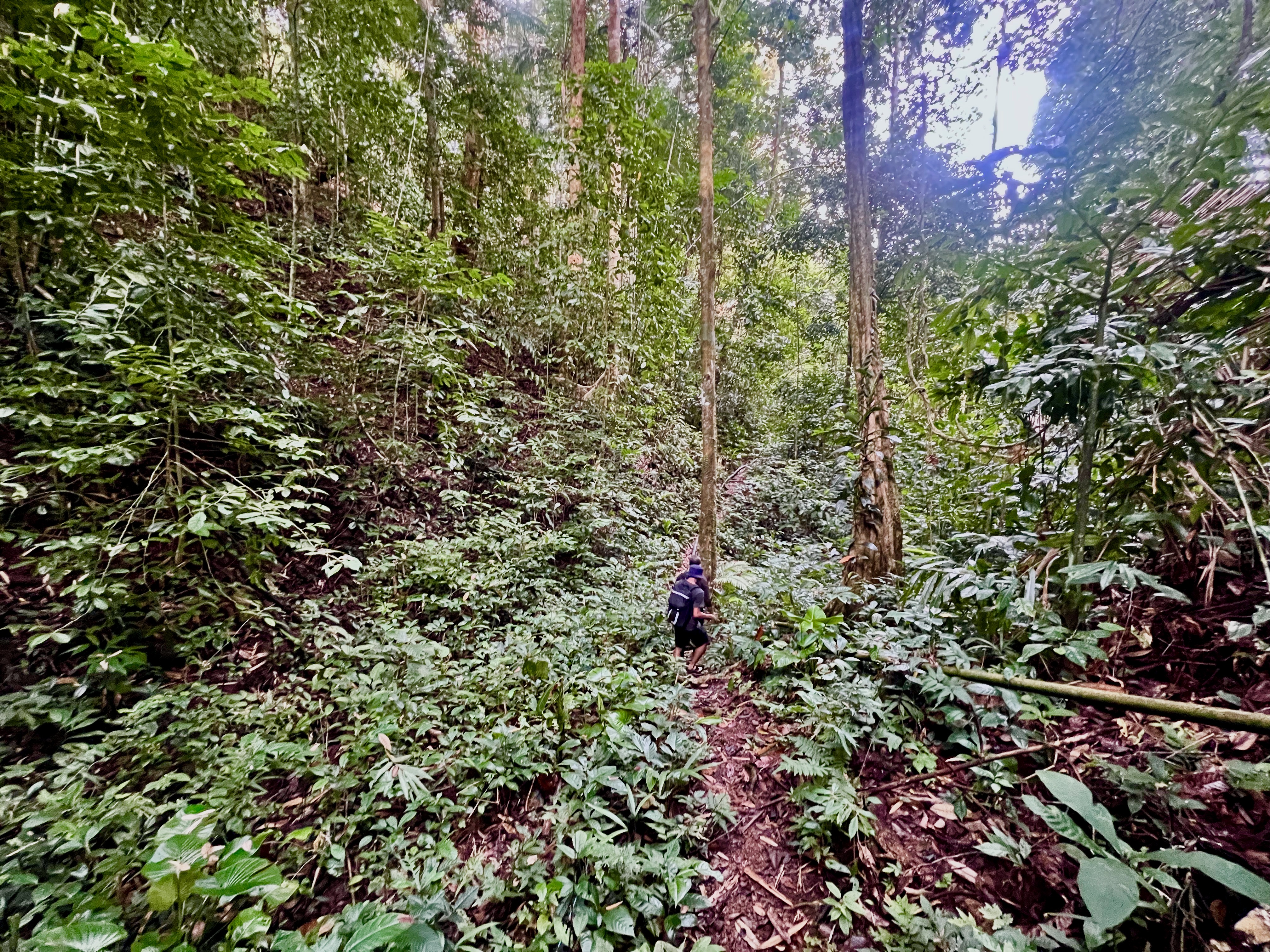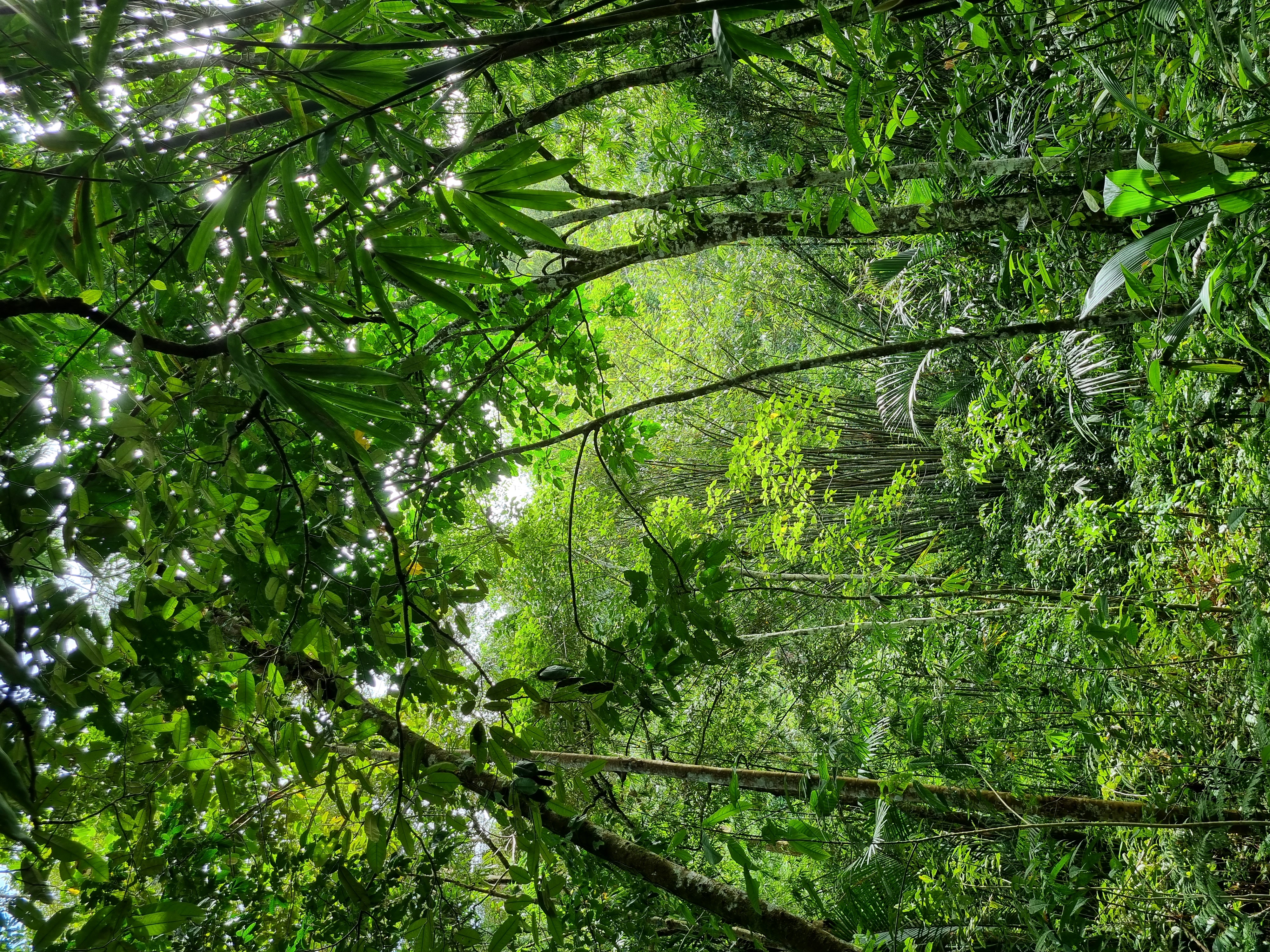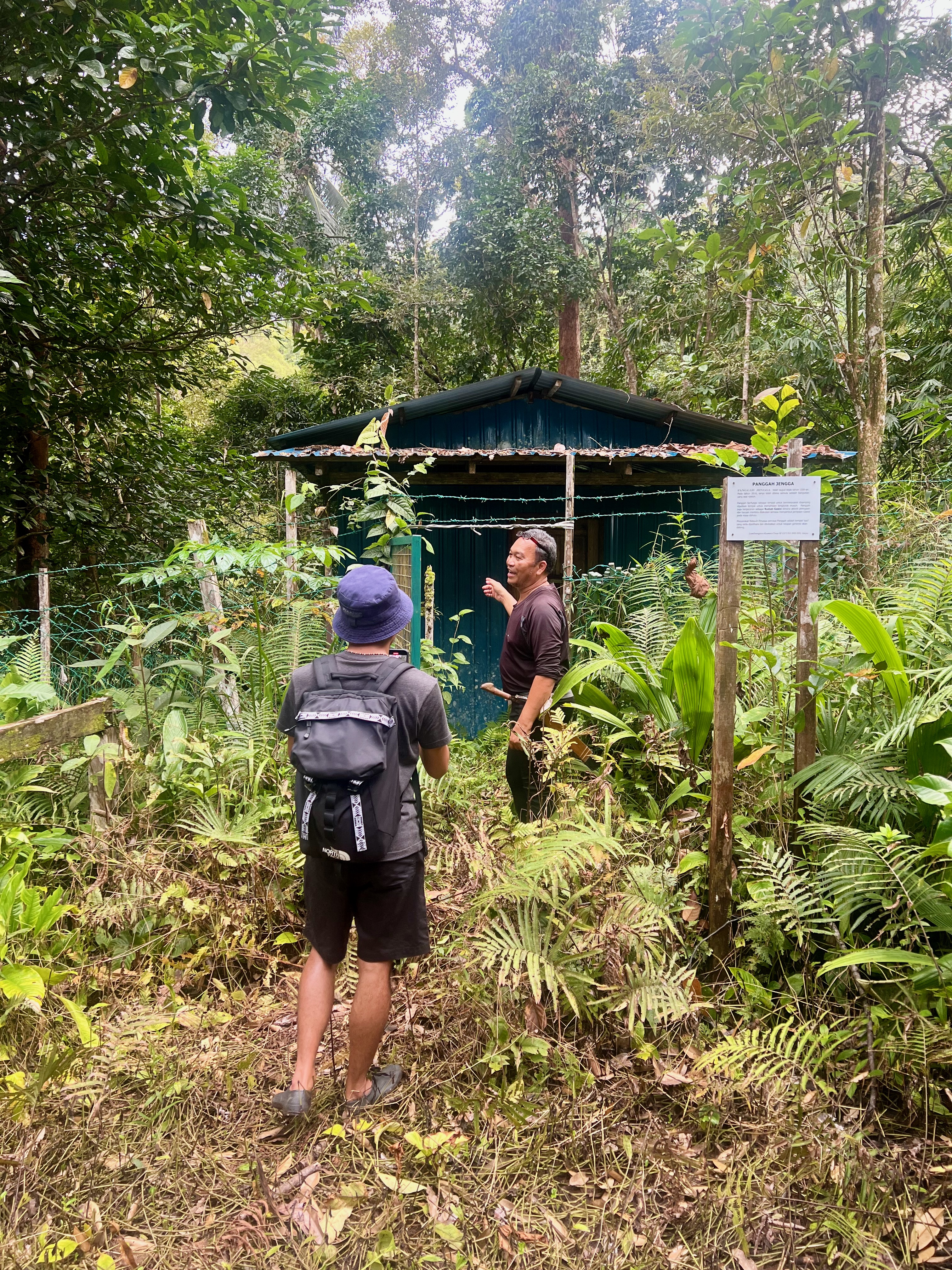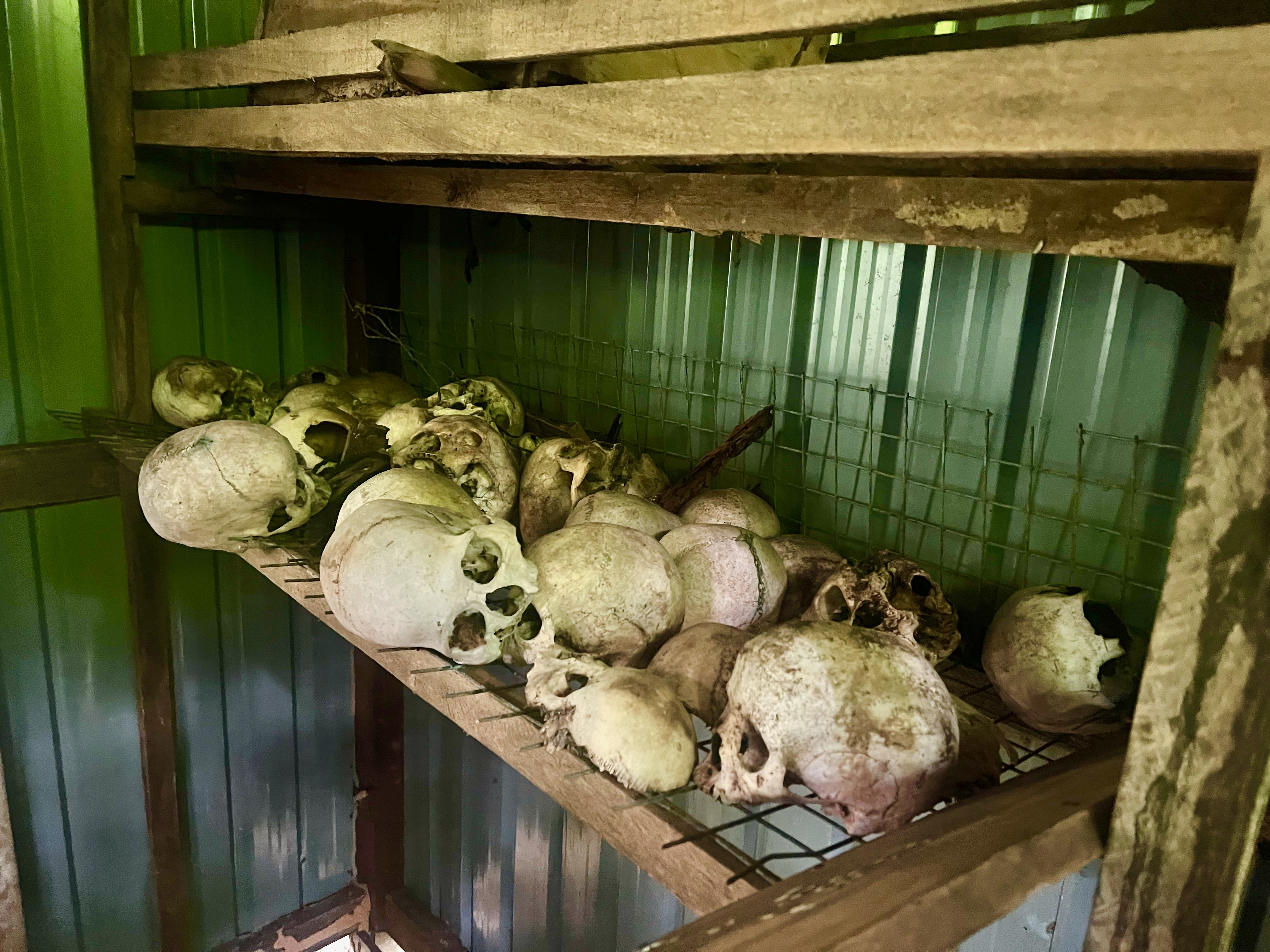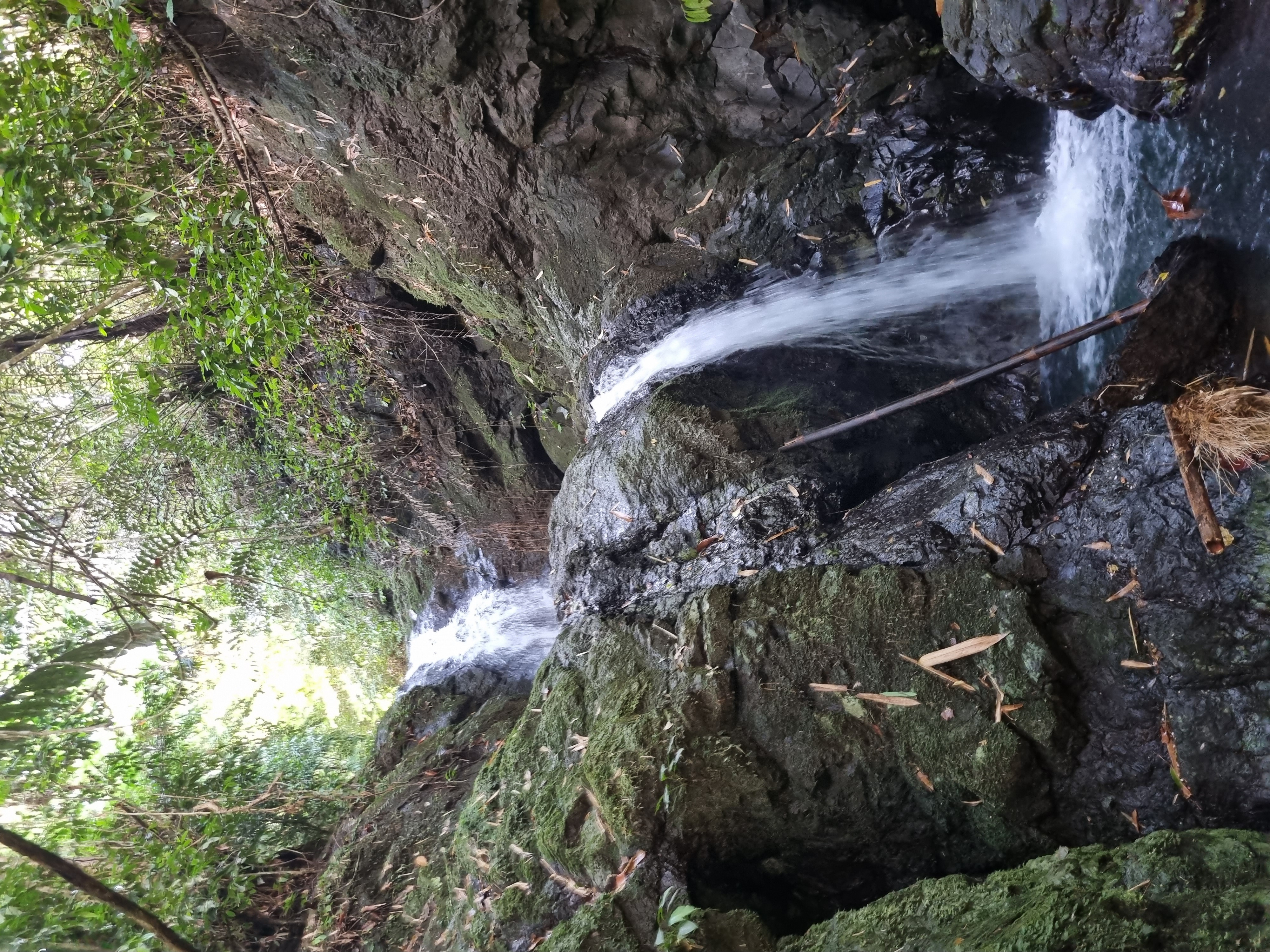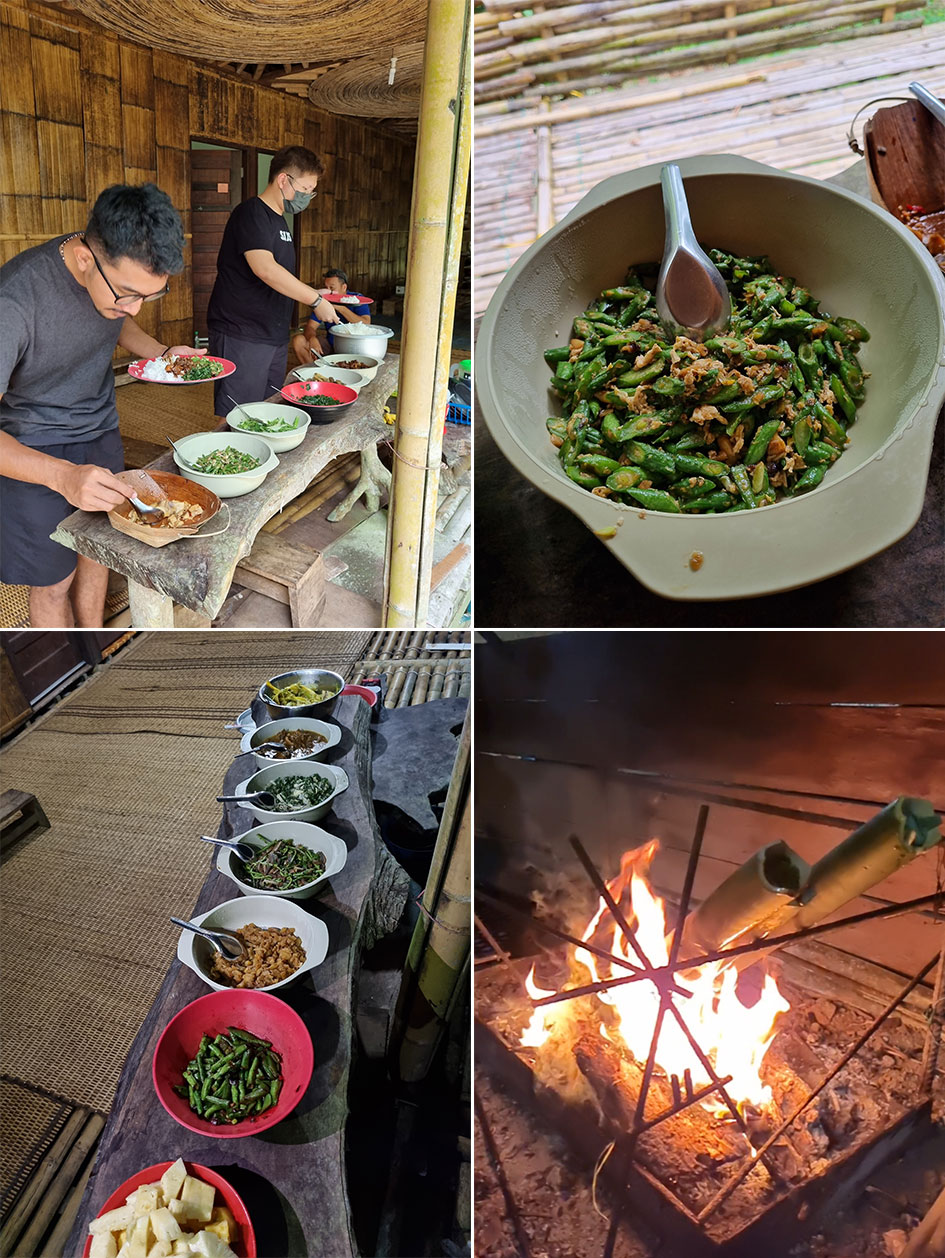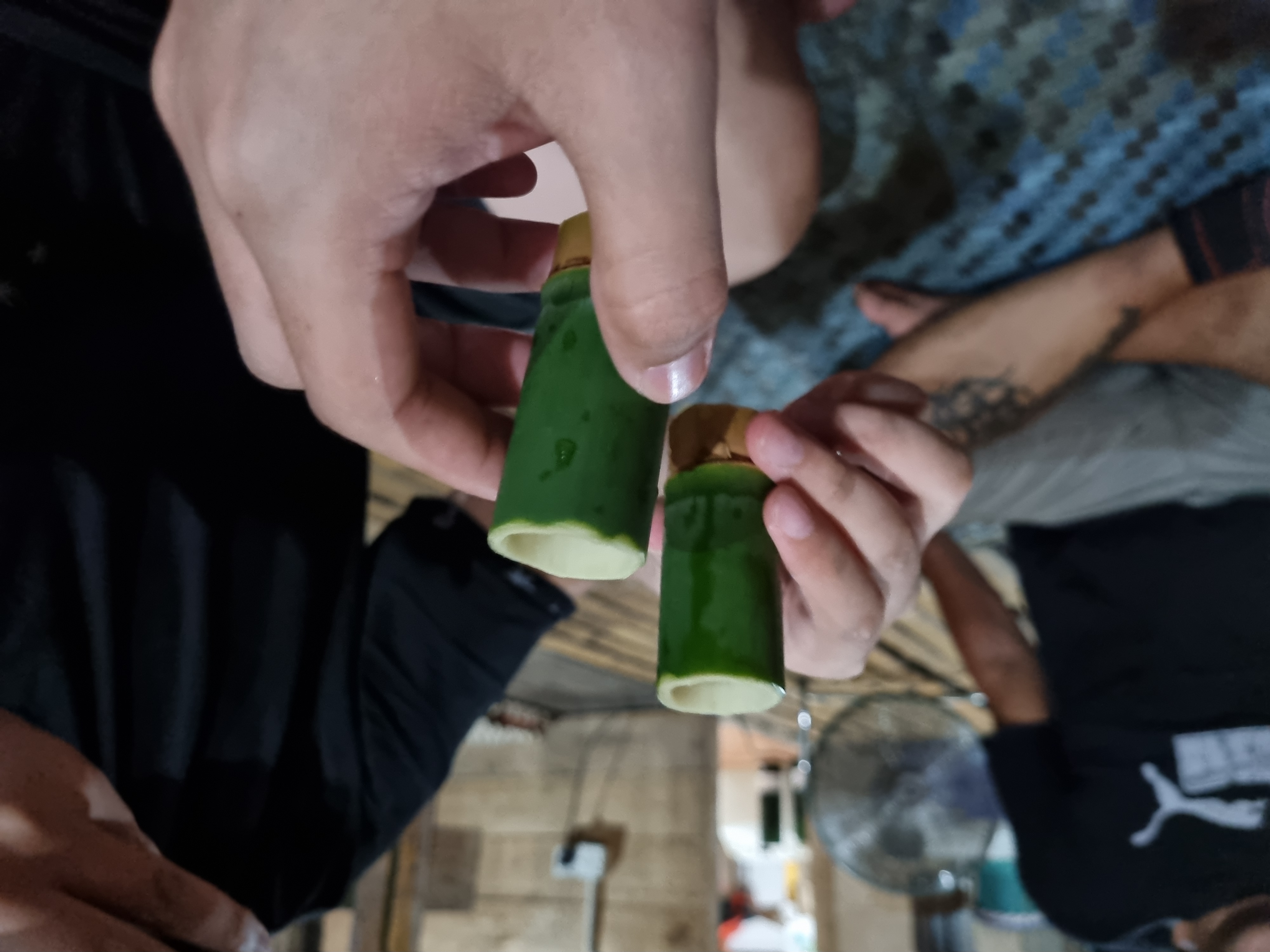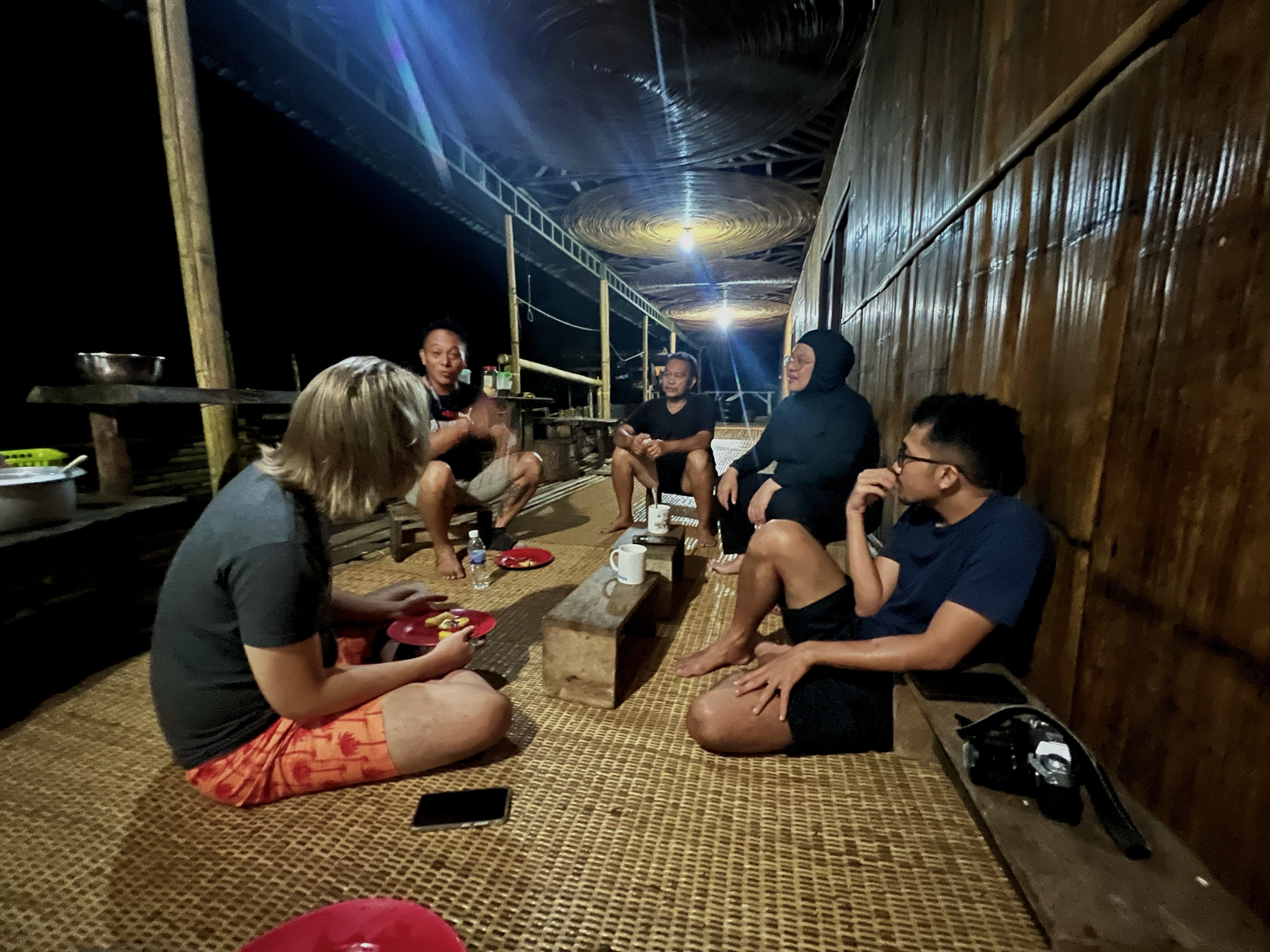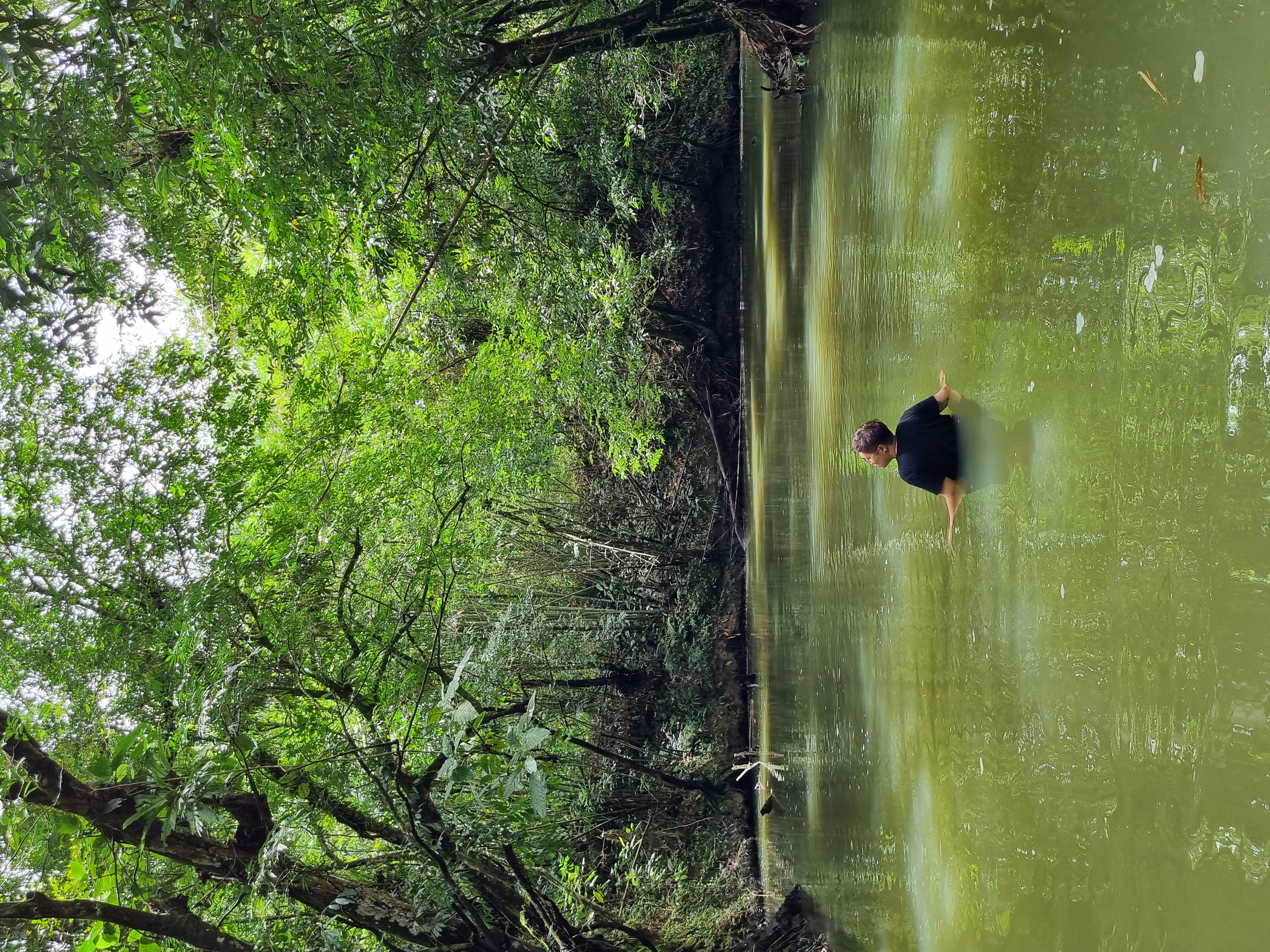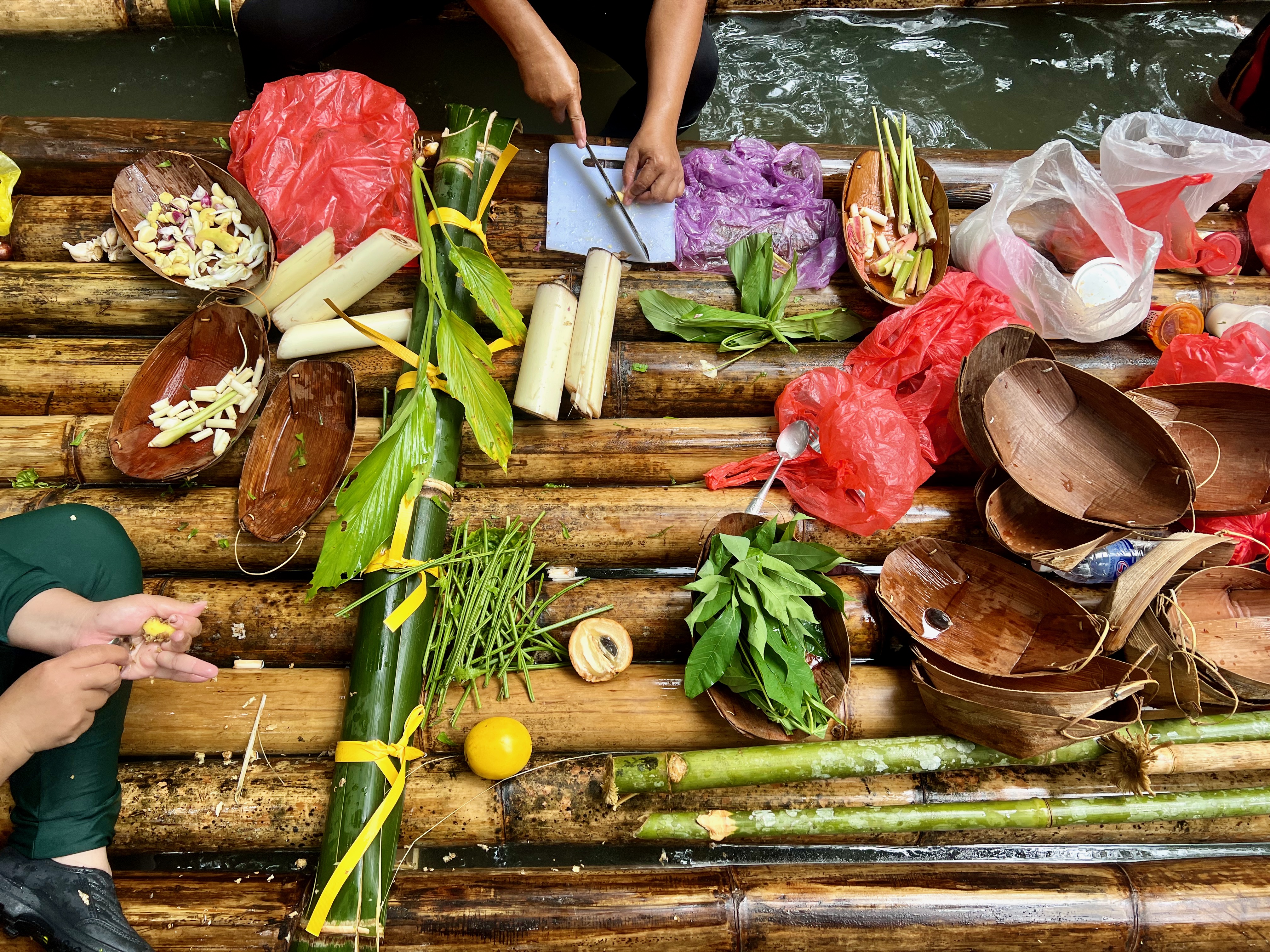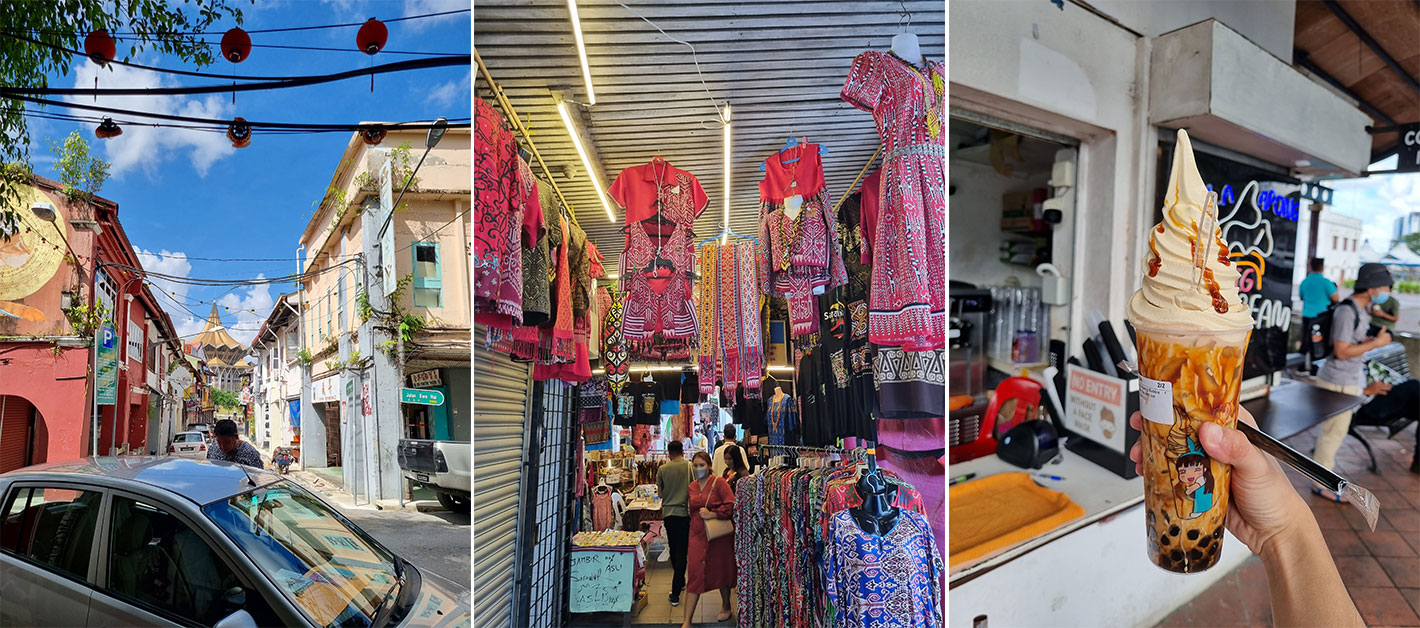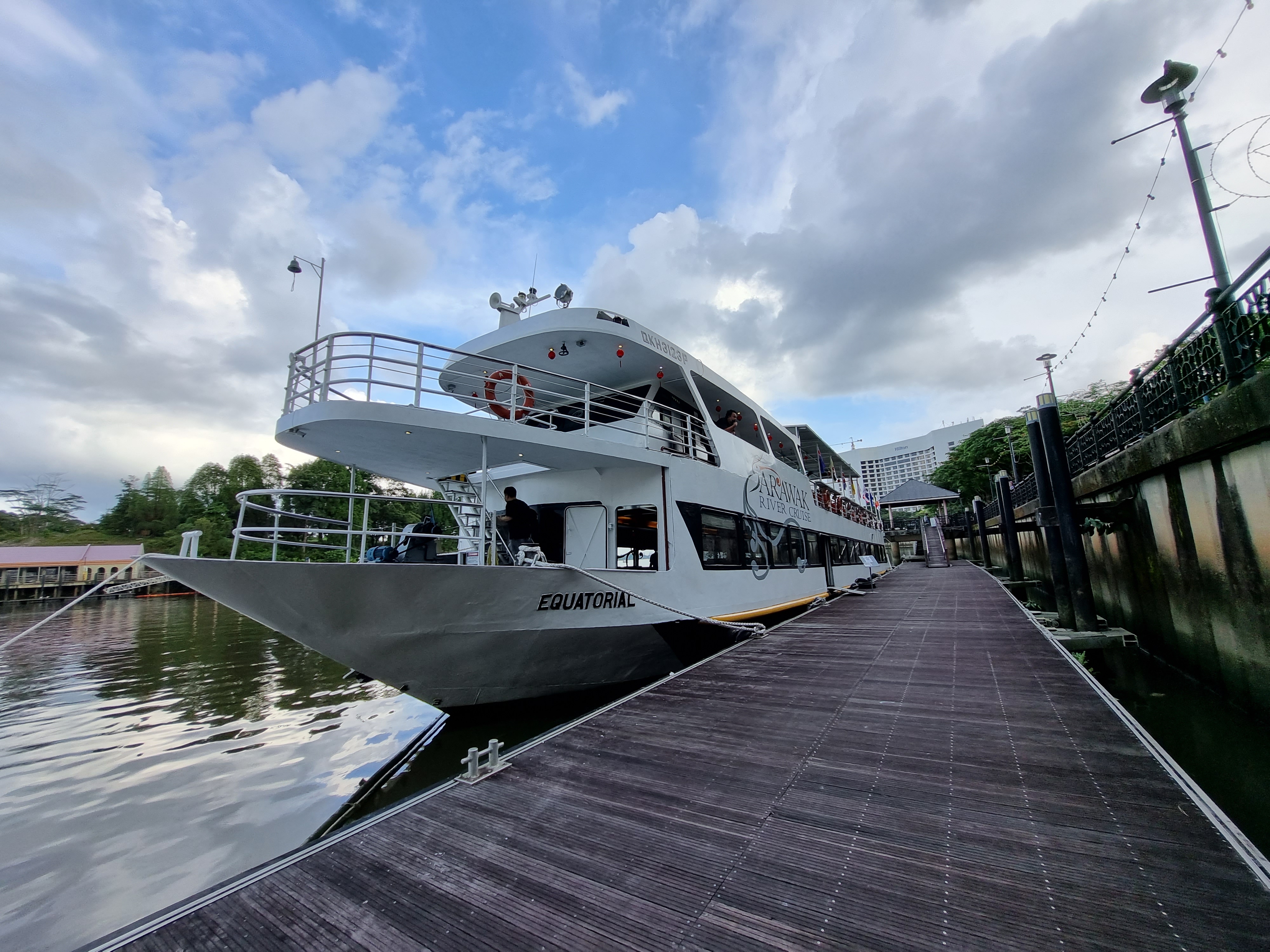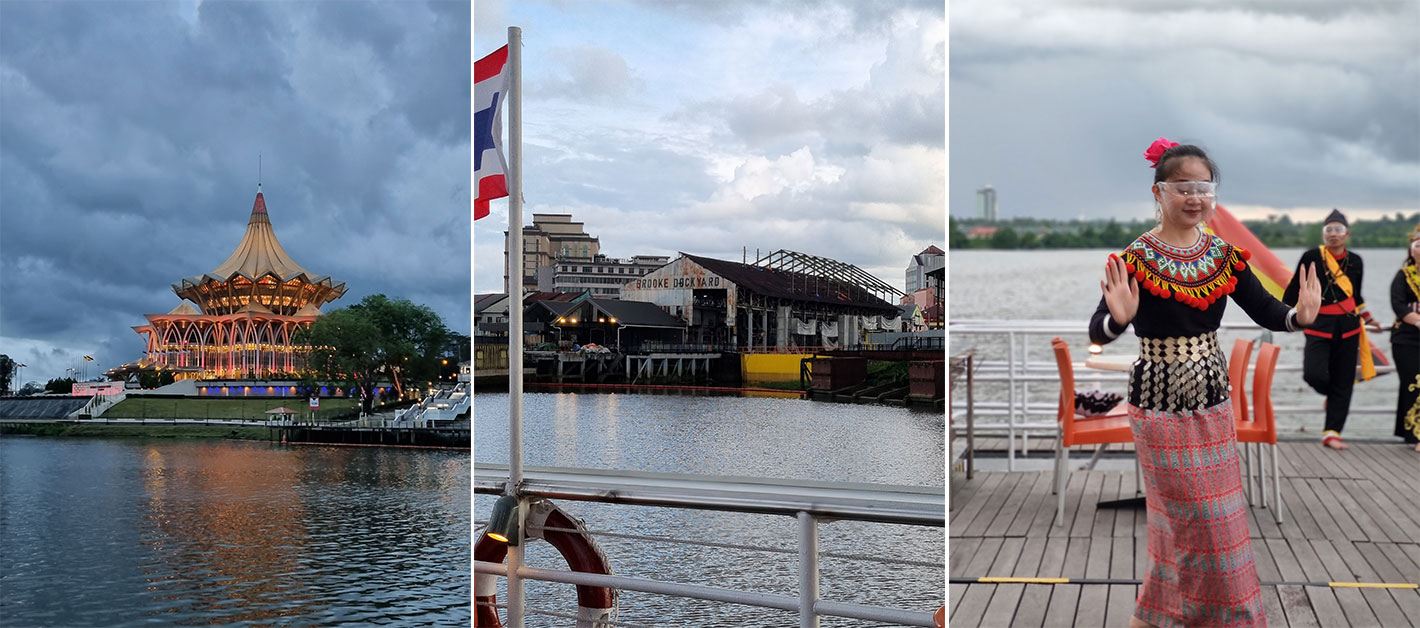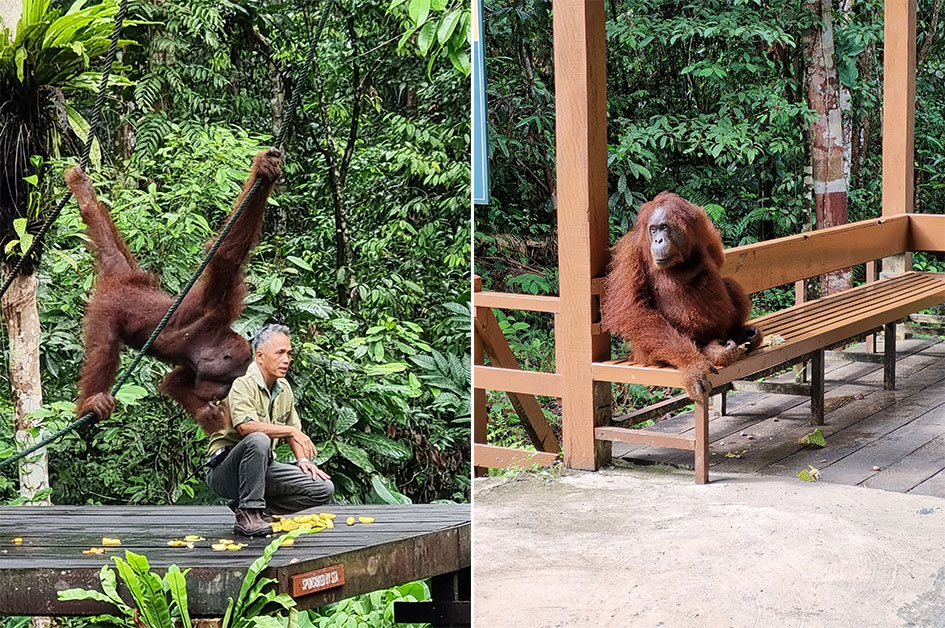We Lived In A Longhouse & Experienced A Native's Life. Here's Why You Should Try It Too
From gathering food in the jungle to bamboo rafting and hiking to a secluded waterfall, our trip to Peraya Homestay in Kuching, Sarawak was truly memorable.
When we think about travelling, we often think of outbound travelling because our consumerist-imbued media has taught us that the "grass is always greener on the other side".
So much so that we forgot our country is home to some of the world's most attractive places.
While we fancy over a scenic Swiss train ride or a luxurious Santorini get-away, let's not forget that Malaysia has lush forests with deep historical and cultural roots of our native tribes.
With many borders remaining close due to the pandemic, there is no better time for Malaysians to look inwards and travel domestically to learn about the lives of our indigenous people.
So let us (I'm talking to you and me, urban Malaysians, who spend our weekends at cafés) all take our time out to explore East Malaysia.
It is also an opportune time to travel to the country's largest state as the Sarawak Tourism Board is collaborating with Malaysia Airlines for its Sia Sitok Sarawak Plus campaign.
All you need is RM695 and you can live in a longhouse for a night and experience two days of a native's life. You can spend extra days in Kuching town, too, to makan all the local food and sightsee the prominent tourist spots.
1. Living in a longhouse
An absolute must-do while you are visiting Sarawak is to stay in a longhouse. You'll get to experience how the locals used to live, but with some modern amenities, of course. While there are technically no more longhouses in Kuching, there is one being used as a homestay for tourists and guests.
Known as Peraya Homestay, the longhouse is located in Kampung Peraya, about a one-hour drive from the city. Upon reaching the kampung, you'll need to cross a bamboo bridge that takes you across the river to the homestay.
Perched on the riverbank, the longhouse was built using mostly bamboo and wood. While a traditional longhouse usually can fit up to 30 people, Peraya Homestay stretches up to 10 rooms, each of which can accommodate two guests comfortably.
Boasting an open space that looks out to trees, the longhouse is mostly cool and breezy, and is a great place to immerse yourself in nature.
How many of us in the 2020s can actually say we have lived in a longhouse? Once I posted an Instagram Story about my accommodation, my friends bombarded me with questions about how they can experience it too. I directed them here.
The longhouse is run by Valentine Val Ritong, who is of Bidayuh descent. Not only is he the owner of the longhouse, but he also organised and guided us in our jungle activities, which you will learn about next.
2. An adventurous hike into the wilderness
Once we placed our luggage at the longhouse, we put on our hiking clothes and began our hike at Muan Tabi, which lasted the whole afternoon.
What makes this hiking trail stand out among the rest found in Klang Valley is that it's secluded and hidden from the public. With no crowd, we found ourselves to be really living in the moment, and felt like it was just us and nature.
At the same time, the hike was more rigorous with a lot of rugged paths along the way. If you're not a regular hiker, it may be challenging. But fret not, as Valentine is an excellent guide, and will look out for you throughout the hike.
The hike was said to be 1km, but we recorded about 8,000 steps after the journey, which translates to about 6.4km. Just a heads up that it might be challenging for some. I personally fell twice. So, make sure you come prepared with a pair of great hiking shoes.
3. Visiting an old shed that has over a dozen skulls collected by headhunters decades ago
Not long after we started, we were brought to a locked dilapidated shed.
According to Valentine, the shed housed many skulls that belonged to headhunters' enemies.
In the olden days, many tribes in Sarawak used to chop off and collect enemies' heads. For some of them, preserving their enemies' heads was a form of trophy, while for others, the heads were used for ritual purposes.
As the village chief left the shed under Valentine's care, he had the key to it, and excitedly showed us the skulls. Boy, never in our lives were we so creeped out yet intrigued at the same time. Despite the sweltering heat, seeing dozens of skulls on an old wooden shelf in the shed was more than enough to give us the chills.
Valentine told us that it was safe to visit the skull shed because he was with us. He shared that, prior to the arrival of James Brooke, headhunting was a widely practised custom among the 40 sub-ethnics in Sarawak and beyond. Back in the day, Bidayuh would celebrate the Skull Festival whenever a warrior of theirs returned home with a severed head.
He told us that the warrior had to perform a self-ritual of travelling around the forest for several days while staying completely awake so that the soul of the severed head wouldn't curse the warrior.
The warrior could only return after he completed the ritual and the severed head would be handed to the village chief in a grandiose ceremonial fashion.
This is just one of many stories we included in this article that Valentine shared with us. If you want more, you know what to do.
4. Lesson with Valentine: This leaf will hurt you
While we were hiking on the mountain, Valentine showed us an 'ordinary' plant with its even 'ordinary-looking' leaves.
But time had shown us that Valentine's forestry knowledge knows no bounds, he told us that there's nothing 'ordinary' about what the plant can do to us. It is actually Pokok Api (stinging plant) and its leaves will hurt you upon contact.
Before our journey began, he prepped us about a 'firey' plant that gives a burning sensation upon touch. Valentine related that, once, a woman from Europe said she wanted to touch it anyway. The poor woman spent the rest of the evening feeling an unremovable heat on her skin.
During our hike, Mohd Aiman from VOCKET grazed one of the Pokok Api leaves and suffered from itchiness and mild irritation on his leg throughout the journey. I, too, was grazed by the leaves on my leg.
Above is a video of Valentine explaining the leaves to us. To this day, to think that how an 'ordinary-looking' leaf can hurt us is absolutely bonkers to me. Nature is amazing.
Valentine is a walking encyclopedia. We can't stress enough how rewarding and interesting it is to hike with him. <3
5. Relaxing at the beautiful, secluded waterfall
After hiking for about an hour or so, we arrived at a majestic waterfall that makes a great place to take a dip and relax.
According to Valentine, the water is more than safe to drink. We drank some, and it was so refreshing and cool! It was as if we were drinking a glass of iced water.
The best part of the waterfall is that it was 'private' for us. Since it was very likely that we were the only group of people on the mountain, we didn't have to share the breathtaking three-tier waterfall with anyone else.
At the top of the waterfall, we saw a tranquilising green plunge pool that was big enough to fit five or more people.
The clashing sound of the waterfall was so therapeutic and enchanting, as if it was trying to lure us into the water. But we didn't bring towels and dry clothes with us. If we were to do the whole hike again, we would cut short our lunchtime to depart earlier just so that we could enjoy the waterfall a bit longer.
We all know how the waterfalls in West Malaysia are always crowded with people. It's great that we got to experience a 'private' waterfall.
6. Tucking into delectable meals while at the longhouse
If there's one thing we incredibly miss about Sarawak, it's the food.
All of our meals at the longhouse were cooked by Valentine's sister, and they were delightful.
She whipped up five to seven dishes for nearly every meal, with vegetables such as cangkuk manis, terung asam, paku kubuk, and banana shoot.
On the first night, she also prepared pansuh ikan, where she cooked a river fish marinated with lots of turmeric. It was cooked in a bamboo tube — a teaser to our second-day meal.
Every dish we had was flavourful with distinctive tastes, and complemented each other well. You could also tell that the vegetables were fresh, as they were sweet and crunchy.
As someone from West Malaysia, we are spoilt with countless choices of cuisines — Korean, Japanese, Indonesian, or Western to name a few. Therefore, being able to taste new flavours is something very rare and unique to us. We can't stress enough how much we miss the food!
7. Listening to stories and drinking tuak, a.k.a. 'vaccine'
When our stomachs were filled and dusk had settled, it was time for the nightly ritual at the longhouse, which is drinking and palavering over any matters under the sky.
We were drinking tuak, a rice wine unique to the Dayak people. Since we were in a longhouse made of bamboo, we were drinking with a bamboo cup, which I think is extremely adorable and bucolic.
One of Valentine's staff said in jest that tuak is their 'vaccine', and we carried the joke until the next day. I'm not a sophisticated drinker, but I can say that the flavour profile of tuak is simple and fairly easy to the throat — especially after a few shots.
As for our conversation, we talked about many things. Valentine reminisced the time before the pandemic when many Caucasians would visit his humble longhouse to experience a native's life.
He shared that he has guided entomologists, ornithologists, and other experts from National Geographic into the forest. Once, he saw a bird trapped by a giant spider species called the huntsman spider.
Valentine proceeded to show us the photos he had taken during his expeditions with scientists and guests from all over the world, and that was when it hit me. It's sad that so many West Malaysians have never experienced the lives of our indigenous people.
If Westerners paid top dollar to fly all the way to Sarawak to experience this, how can we West Malaysians never experience this ourselves?
Without the influx of inbound tourists, Valentine related that the COVID-19 pandemic has severely affected his livelihoods.
Rossalynn Ismail, a manager under the communications unit of the Sarawak Tourism Board who was also on the trip with us, told us that it's the reason why the local government teamed up with Malaysia Airlines to introduce the Sia Sitok Sarawak Plus campaign. It aims to help people in the tourism sector in the state.
We spent the rest of the night listening to Valentine sharing various Bidayuh cultures and traditions.
8. Experiencing a two-hour boat ride surrounded by nature
After the tiresome first day, we got to relax the next day. On our second day's adventure, we did bamboo rafting!
Valentine and his team built the bamboo rafts on the day itself, and when we arrived, we managed to see them at work for a while before they completed building them.
The whole experience took us about three to four hours, which included about two hours of cruising through the serene river and an hour or two of preparing and enjoying our lunch.
There is something innately soothing about listening to waves on rocks, feeling the cooling river water splashing onto our skin, and breathing in fresh oxygen produced by the jungle.
Valentine reminded us that our bodies had changed after breathing in fresh air while hiking in the virgin forest the day before. And this rafting experience was another shot of us getting more fresh air.
He told us that the river is mostly shaded by the trees. At some corners of the river, we were greeted by the most breathtaking views, which made me wish I had a magical genie bottle I could use to store them and conjure up whenever I feel stressed at work.
Throughout the ride, Valentine shared with us stories and knowledge he has of the jungle. From time to time, our rafts would get stuck on big rocks as the river wasn't particularly deep that day.
Valentine and his team were also on the lookout for harvestable ingredients that they could use for our lunch later. Some of the edibles they gathered were bamboo and banana shoots, daun ipis (leaves used to wrap food and cook them in bamboo), and many more aromatics used for cooking.
They even told us that they caught fish while we were busy enjoying the view, too.
9. Taking a dip in the river as the locals prepare lunch
While waiting for lunch to be ready, some of us took a dip in the river. Despite the hot weather outside the jungle, the river was super cold, and it took us some time to get used to.
But in the end, it became a therapeutic and fun experience. We sat on the shallow ground of the river, deep in conversation, as we felt the gushing water against our backs and marvelled at the thick trees surrounding us.
The best part was stepping out of the river to have lunch. As we were soaking wet, the hot dishes warmed us up in an instant. Sitting by the river while devouring a delectable lunch was indeed an unforgettable experience.
At this point, when our phones still had signals, our Instagram inboxes were flooded with jealousy of our experience. Truly a rich experience, with high Insta-worthiness.
10. A meal without a single drop of oil in the middle of the jungle
After almost an hour of marvelling at nature during the bamboo rafting ride and swimming in the river, it was finally time for lunch.
To prepare the meals, a few locals looked for wood to make a fire, while the rest chopped up the ingredients and bamboo, which were used as tubes to cook the meals.
As we had no pots and pans, the locals cooked the ingredients using the traditional method — stuffing them into hollow bamboo and sealing the mouths with daun ipis, before cooking the tubes over the fire.
The cool thing about cooking using bamboo tubes is that they didn't need to use any oil at all. They even prepared rice in a bamboo tube.
All the dishes were served in sturdy pelepah sagu bowls. There were only 10 of us on the trip, but Valentine and his team prepared 11 different servings of food for us. Every mouthful was a different dish.
As we were writing this, we still couldn't believe that they cooked the meals without a single drop of oil. The only seasoning I saw they brought along the trip was a soy sauce-looking bottle. Most of the flavours we tasted came from the aromatic ingredients they gathered from the jungle. We didn't feel thirsty after the meal. What a foreign sensation that we could seriously get used to.
One of us is a vegetarian. Valentine said in jest that Bidayuh has no problem serving vegetarians, as most of their dishes are meat-free, while it was the non-vegetarians they had to worry about.
Even with that said, non-vegetarians were served with a fish dish, three chicken dishes cooked in different ways, such as tempoyak ayam and grilled chicken wings.
After our meal, we 'threw' our daun ipis with chicken and fish bones in them in the river. It was an instruction from Valentine, as he said our food waste could feed the fish. <3
11. Touring Kuching and receiving a historical lesson from our tour guide
Prior to visiting Peraya Homestay, we actually spent one day and one night in Kuching, guided by another awesome Sarawakian, Melintan anak Ina.
Melintan is of Orang Ulu descent. After he picked us up from the airport, he began sharing stories and the history of Sarawak. As proud SPM students, we found ourselves remembering many of the syllabi we studied in Sejarah, especially the parts about how the Brooke family helped shape Sarawak in the early days.
We had our lunch at Lepau Restaurant, tasting flavours that we were unfamiliar with. We absolutely love its special fried rice that was cooked with tapioca leaves.
Following that, we visited the Main Bazaar and Carpenter Street, both of which are located next to the Kuching Riverfront.
There, Melintan explained everything we needed to know about the former trading port. He told us the history of the Old Court House, which has now turned into a café.
Back in the 1900s, he said the shop lot facing the port was where the frontline businesses were set up to serve traders voyaging through the strait of Melaka. He told us that the shops were numbered back in the days, with the first shop being a coffeehouse.
Melintan also showed us the architecture of the shops, explaining how they were designed to load, carry, and move goods through a unique ceiling pulley system.
Once we were tired of walking, we took a dessert break at Gula Apong, which serves ice cream made out of sap from nipah palm trees. At just RM9.90, I got to enjoy a cup of bubble tea and Gula Apong ice cream. Definitely a must-try while you are there!
We then spent our evening chilling on the Sarawak River Cruise, which had speakers to give out an audio-guided tour experience.
The next day, we visited Semenggoh Orangutan Centre, and we were lucky to meet two orangutans at the rehabilitation and research centre.
Just like that, our three-day-two-night trip to Kuching ended
You know what they say, the most memorable experience while travelling is the people.
Other than the experiences we shared in this article, what we couldn't share is the passion and the unity of Sarawakians.
There, we met Chinese and Malays who can speak Bidayuh and other Dayak dialects fluently. Many of them are even in or a product of interracial and interfaith marriages.
While I was there, I realised what West Malaysia could be if everyone could put behind their differences and enjoyed a shared community in harmony.
The trip made us better Malaysians, and I wish my West Malaysian friends could try it, too.
Support locals during the pandemic. It's no secret that tourism is the hardest-hit sector over the past two years.
Head over to MyJournify and MHholidays to learn more about the Sia Sitok Sarawak Plus campaign. Bookings end this month, with a travel period up until 30 April.
You can also find Valentine's Peraya Homestay on his website here.
